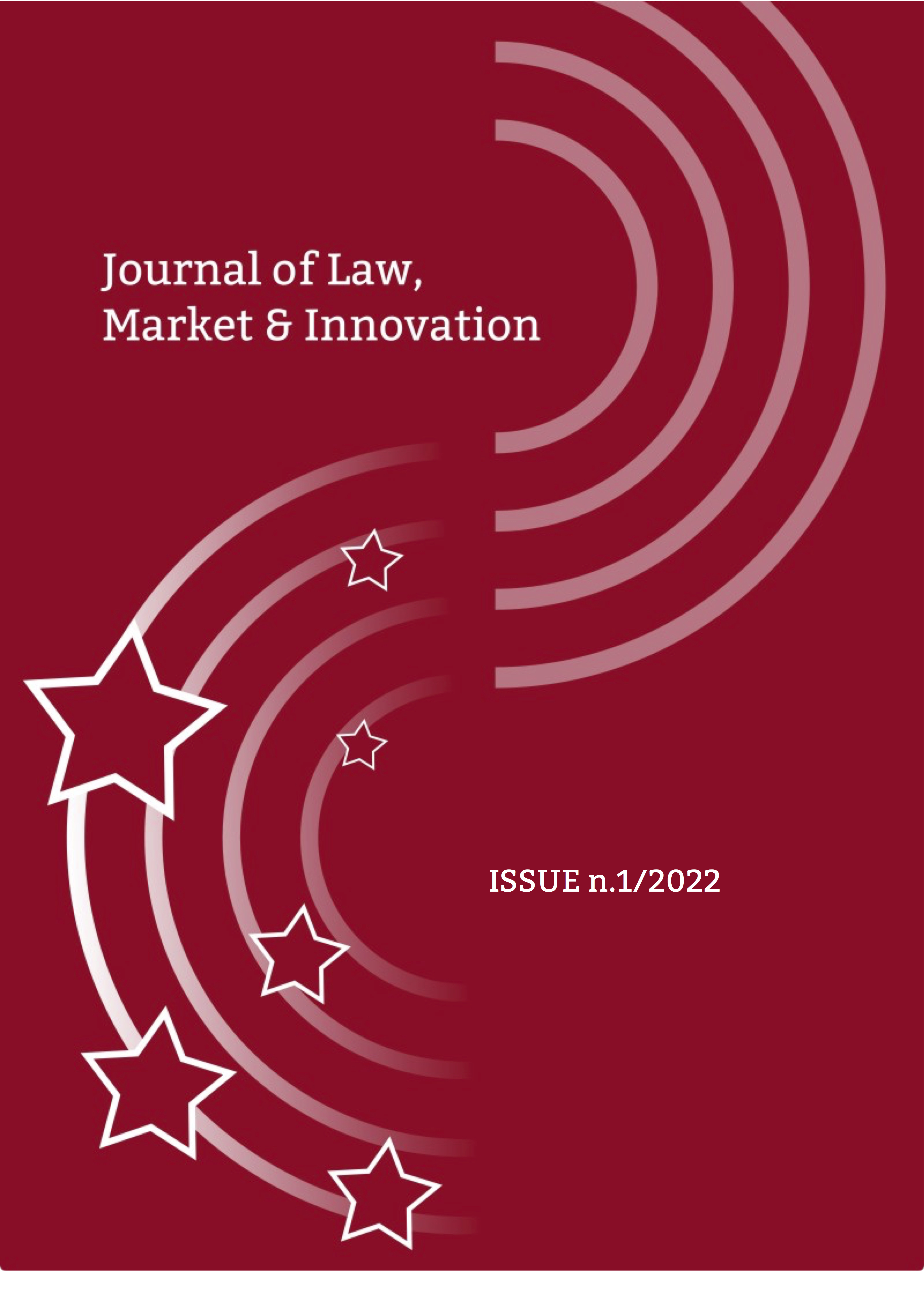Non-Fungible Tokens: A Solution to the Challenges of Using Blockchain Bills of Lading in the International Sales of Goods
Abstract
The non-fungible token (NFT) has emerged as a way of authenticating unique digital assets. Thus artists have started selling digital artwork authenticated by NFTs, gaming companies can sell unique in-game products, and athletic leagues have started selling digital “cards” depicting key moments in sporting events. Like cryptocurrencies, NFTs are applications of blockchain technology. A blockchain is a series of cryptographically linked records. The blockchain itself is “public” in the sense that every transaction is visible to all participants. But an encrypted block cannot be changed without altering all prior blocks – and alerting all other users in the blockchain. Cryptocurrencies and NFTs differ in a critical respect. A unit of cryptocurrency is a fungible token, meaning it is identical to any other unit of cryptocurrency. In the same way that one Euro is equal to any other Euro, one Bitcoin has the same value and same characteristics as any other Bitcoin. An NFT, by contrast, is uniquely identified in the blockchain. So while one NFT may have the same market value as another NFT, no two NFTs are the same. This means NFTs are not useful as currency, but are valuable as incorruptible identifiers. NFTs have other useful attributes. For example, they inherently include ownership information. This means that the NFT itself indicates who owns it—when it was created and by whom, who controls it now, and every transaction leading from the original to the current owner—at all times. Also, they are “extensible.” This means that NFTs can be added together or merged in order to create a new NFT in a traceable way. There are, of course, other digital representations of physical assets. Goods already are stamped with bar or QR codes, expensive products typically have serial numbers or other unique identifiers, and software often is accompanied by one- time-only passwords. But none of these are cryptographically secure in the way NFTs are, and none of them combine proof of authenticity and proof of ownership in a single instrument. The bill of lading is a venerable institution in international trade. Evolving over centuries and well developed by the time of the medieval lex mercatoria, the bill of lading is a paper form specifically contemplated and described in the key treaties enabling modern cross-border sales of goods—the Vienna Convention, the Hague- Visby Rules, and the U.S. Carriage of Goods by Sea Act. It indicates ownership of goods in transit, evidences the terms of the contract of carriage, and shows where, when, and to whom the goods were conveyed at every step between origin and ultimate destination. As a paper document, however, the bill of lading (often in multiple counterparts) is a critical bottleneck and source of risk. Proposals to update paper bills of lading with an electronic equivalent have circulated for many years. And with the development of blockchain technology a decade ago, more recent proposals have discussed putting bills of lading on a blockchain. But these proposals are incomplete, because the blockchain is merely a ledger. An NFT on a blockchain, however, is the ideal replacement for bills of lading and other documents reflecting passage of title. Each change of ownership of an NFT is publicly documented in the NFT’s blockchain ledger. Done right, the NFT itself, in each block, contains both an incorruptible copy of the bill of lading and a complete chain of custody. And the fact that NFTs are extensible means a business can verify both components and finished goods. This paper will discuss using NFTs as a substitute for traditional bills of lading.
Copyright (c) 2022 David S. Bloch

This work is licensed under a Creative Commons Attribution 4.0 International License.



